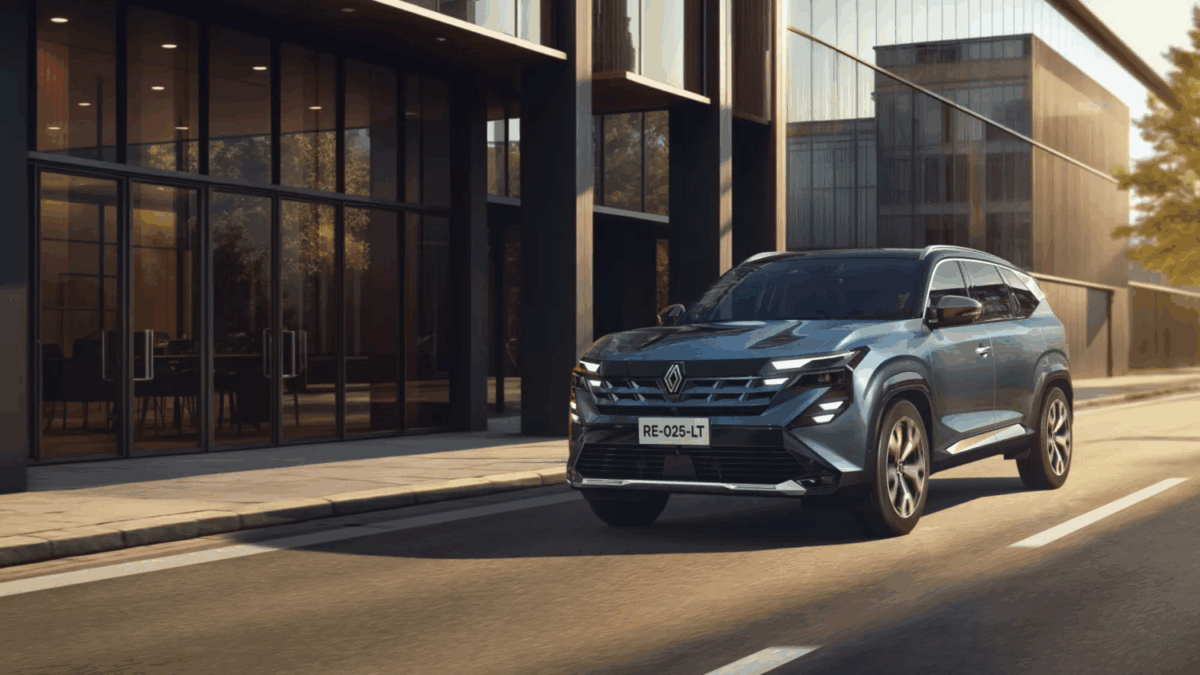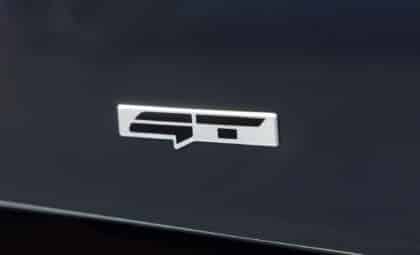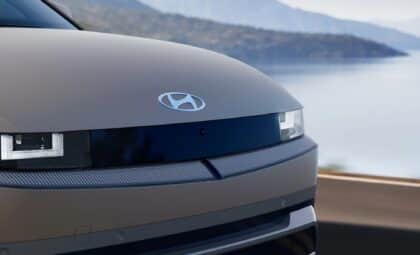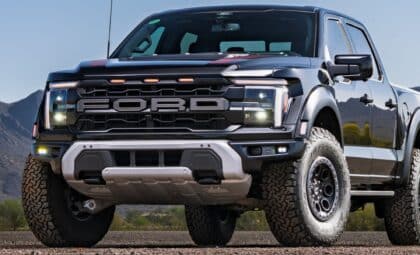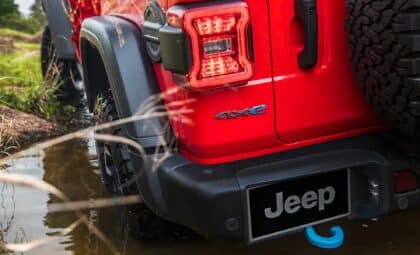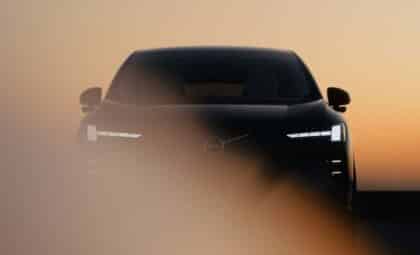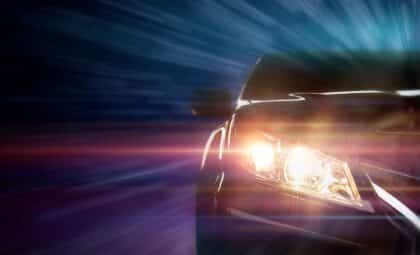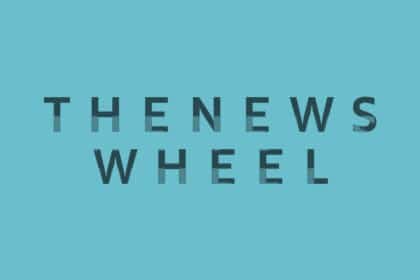Renault is stepping up its game on the international stage with the new Boreal—a sleek and practical SUV built just for markets outside Europe. More than a car, this launch marks Renault’s push to boost its overseas sales, aiming to double unit revenues outside Europe by 2027—all while giving families a ride that’s both stylish and functional.
Rollout plans
The Boreal is set to hit the streets at the end of 2025 in Brazil, kicking off its journey across regions like Latin America and Turkey. Production will be split between two key spots: Curitiba in Brazil and Bursa in Turkey. (This setup means the car will effectively serve 17 Latin American countries from Brazil and 54 other markets from Turkey.) Brazil’s launch isn’t random—it echoes the growing popularity of family SUVs in Latin America. Plus, this move fits right in with Renault’s International Game Plan 2024-2027, which sees a 3 billion euros investment to roll out eight new models outside Europe by 2027. Out of these, five models target the C and D segments, with the Boreal leading the pack.
Look and feel
The Boreal stands out with its compact yet sturdy design, measuring 179.53 inches long, 72.44 inches wide, and 64.96 inches high, with a roomy 106.30-inch wheelbase. Its exterior features Renault’s fresh design language—smooth lines, soft curves, a bold grille, and signature Y-shaped lights—that lend it a modern, timeless vibe.
Inside, you’ll find a high-tech dual-screen OpenR system with two 10-inch displays that boost both usability and style. The cabin is fitted with soft-touch materials, accented by laser-engraved textures that display the iconic Renault logo. On top of that, the trunk offers 20.68 cubic feet of space, expandable to 62.52 cubic feet when you fold the seats down.
Comfort hasn’t been forgotten either. The Boreal comes with electric front seats complete with massage features, dual-zone climate control, a Harman Kardon audio setup, and a panoramic roof that creates an open, airy feel.
Performance and safety features
Under the hood, the Boreal packs a 1.3 TCe turbocharged engine (developed with Mercedes) available in three versions: 138 hp for Turkey, 156 hp for Latin America, and a robust 163 hp Flex Fuel option for Brazil. With a top torque of 199 lb-ft, it can zip from 0 to 62 mph in just 9.26 seconds thanks to its six-speed dual-clutch automatic transmission.
Safety remains a top priority with 24 level 2 driver assistance features. These include:
- adaptive intelligent cruise control,
- active lane keeping assist,
- autonomous emergency braking,
- a 360° camera setup,
- and parking sensors—all designed to give drivers that extra peace of mind (especially helpful on long drives).
What sets it apart
Unlike models like the Dacia Bigster, the Boreal is positioned as a premium offering. It comes with Renault’s Multi-Sense system that lets drivers choose among four different driving modes: Eco, Comfort, Sport, and MySense (tailoring your ride to suit your mood or driving conditions).
The name “Boreal” is a nod to Boreas, the Greek god of the north wind, and it also hints at Renault’s French roots, as it comes from the Latin term meaning “north wind.” Sylvia dos Santos from Renault’s naming team notes that the name captures both elegance and modernity—an ideal match for what this SUV aims to deliver on roads across the globe.
Renault is all in with the Boreal as it eyes a big leap in international markets, including plans to target places like India by late 2026. They’re not just making vehicles—they’re crafting experiences for families around the world while doubling revenue per vehicle compared to 2019 numbers. With this new venture, it looks like Renault has set its sights on taking its ride to brand-new horizons.

